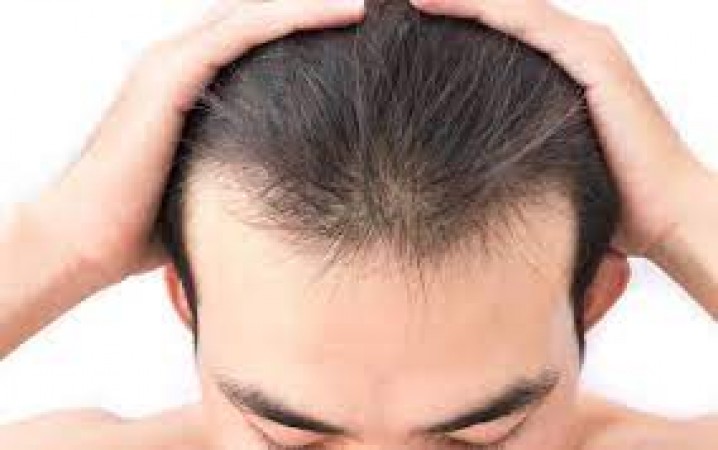
Hair transplant is a popular solution for individuals dealing with hair loss or thinning hair. It offers a chance to regain a fuller head of hair and boost self-confidence. However, it's essential to understand that even after a hair transplant, some hair fall can occur. In this comprehensive guide, we will delve into the factors influencing post-transplant hair fall, the safety of the procedure, and crucial considerations for those considering this treatment.
Before we explore post-transplant hair fall, let's briefly review the hair transplant process itself:
A consultation with a qualified hair transplant specialist is the initial step. During this meeting, the surgeon evaluates the patient's hair loss pattern and discusses treatment options.
In the next phase, hair follicles are harvested from the donor area (typically the back of the head) using techniques like Follicular Unit Extraction (FUE) or Follicular Unit Transplantation (FUT).
The harvested hair follicles are carefully transplanted into the recipient area, where hair is thinning or absent. The surgeon pays attention to the angle, direction, and density to create natural-looking results.
One common reason for post-transplant hair fall is "shock loss." This temporary shedding occurs as a response to the trauma of the transplant procedure and is a natural part of the healing process.
Some individuals experience telogen effluvium, a temporary condition where stress, surgery, or other factors push a large number of hair follicles into the resting phase, leading to hair fall.
Hair transplant is considered a safe procedure when performed by a skilled and experienced surgeon. The risk of complications is minimal, and serious adverse events are rare.
However, like any surgical procedure, hair transplants may have side effects, including infection, scarring, or uneven hair growth. These risks can be mitigated by choosing a reputable clinic and following post-operative care instructions.
It's crucial to have realistic expectations regarding the results of a hair transplant. While the procedure can provide significant improvements, it may not restore a full head of hair or halt natural hair loss entirely.
To minimize hair fall and ensure successful outcomes, patients must follow the post-operative care instructions provided by their surgeon meticulously.
While transplanted hair is more resilient to genetic hair loss, some degree of natural hair fall may continue. Maintenance treatments, like medications or additional transplant sessions, may be needed to sustain results.
In conclusion, hair fall can occur even after a hair transplant due to factors like shock loss and telogen effluvium. Overall, hair transplant is a safe procedure with minimal risks when performed by a skilled surgeon. To maximize the benefits, it's essential to maintain realistic expectations, follow post-operative care, and consider long-term maintenance options.
By understanding these factors and consulting with experts, individuals can make informed decisions about hair transplant procedures and enjoy the benefits of a fuller, more confident head of hair.
Realme's Latest Smartphone: A Budget-Friendly Alternative to the iPhone 14
Tata Nexon Facelift: A Sneak Peek into the Upcoming Marvel
Pragyan Rover Captures Natural Lunar Event at Moon's South Pole: ISRO